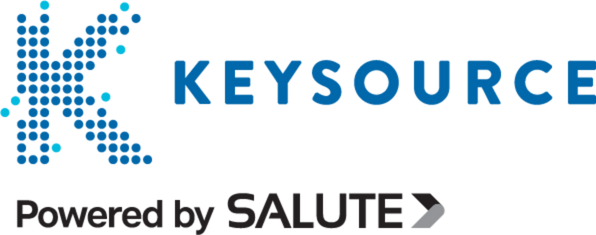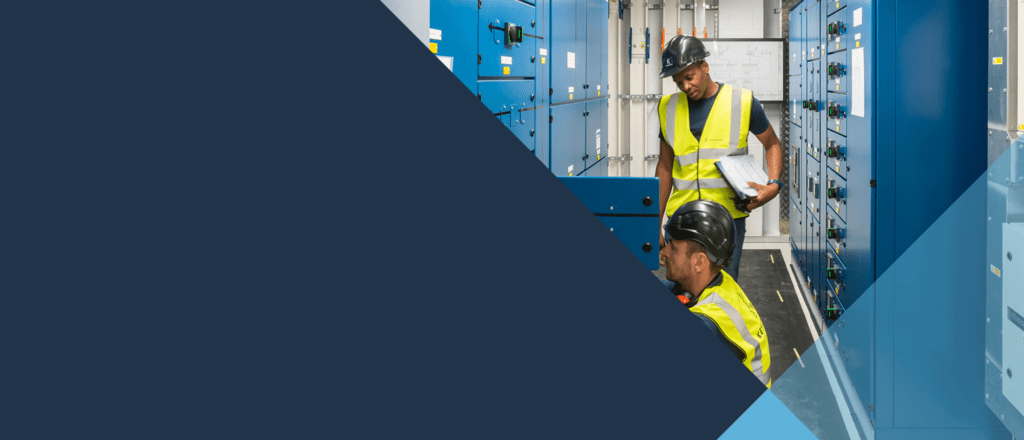
As we reflect on Keysource’s State of the Industry Event 2024, the excitement and valuable discussions from the event continue to resonate within the data centre community. Now in its seventh year, this annual gathering has firmly established itself as a pivotal moment for data centre professionals, delivering crucial insights and expert analysis.
Event Highlights
This year’s event delved into the rapidly evolving landscape of the data centre sector, highlighting how technology advancements are reshaping the industry. Attendees explored critical issues impacting the sector, including:
- Sustainability Pressures: Strategies for integrating eco-friendly practices without compromising performance.
- Skills Shortages: Innovative approaches to attract and retain talent in a competitive market.
- Supply Chain Complexities: Navigating global supply challenges to ensure operational continuity.
The unveiling of our 2024 survey results provided a comprehensive overview of industry trends, reaffirming that balancing speed, substance, and sustainability remains a central theme for data centres moving forward.
Key Discussions
Participants had the opportunity to hear from industry leaders who shared their approaches to:
- Adapting to New Regulations: Ensuring compliance while maintaining operational efficiency.
- Managing Rising Costs: Implementing cost-effective solutions without sacrificing quality.
- Integrating Sustainable Practices: Moving towards greener data centre operations to meet environmental goals.
”Keysource's event had great discussions and clear insights that really helped us understand the challenges and opportunities coming up
State of the Industry 2024 Attendee
”The State of the Industry event was a real eye-opener—great discussions with a clear look at the challenges we all face in our industry. Highly recommend it.
State of the Industry 2024 Attendee
Download The Full Report
Gain comprehensive insights from the State of the Industry 2024 Event by downloading our detailed report. Whether you’re addressing project delivery challenges, sustainability goals, or the ongoing skills shortage, our report offers invaluable perspectives from over 250 industry professionals.
At Keysource, we specialise in helping organisations to overcome the challenges of sustainable data centre design, building and management
Speak to our team today for tailored advice and guidance on creating and operating a data centre fit for the next generation of computing.












